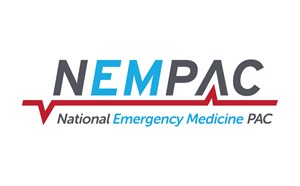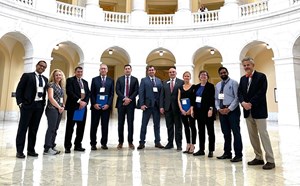
Reshaping the Healthcare Landscape
James Lane Allen is quoted saying, “Adversity does not build character, it reveals it.” The last 18 months of the COVID-19 pandemic have created enumerable challenges and opportunities for emergency medicine revealing the vulnerabilities in our healthcare systems. One of the largest strains on our patients, providers, and hospital systems has been financial. Early decreased volume created financial strains within healthcare that forced unprecedented furloughs and lay-offs within our healthcare team, which led many team members to look for employment in different spaces. Outside of volume and financial constraints, many of our team members retired; left the acute care space for a more desirable/stable/”safe” areas; or moved to more lucrative travel positions. With less team members, the system’s ability to adapt to cover the open care spaces have been stretched exacerbating ED crowding/boarding and overall hospital capacity.
During these unprecedented times, our emergency medicine leaders have risen to the forefront of hospital leadership by serving on the frontline of the ongoing COVID-19 pandemic as the natural conduit between the inpatient and outpatient systems. The COVID-19 pandemic has accelerated the need for change in healthcare.
- How do we accelerate evidence-based medicine in treatments, technology, and care systems to the bedside?
- How do we create systems with care spaces that expand and contract timely to meet patient care needs?
- What are the most efficient and cost-effective care teams (e.g. RN, LPN, paramedics)?
- How do we adapt staffing to match volume volatility?
- With the increase in mental stressors, how do we create resiliency within our team?
With the expertise of our leaders in emergency medicine and the herculean efforts we have seen from our team over the past year, I am optimistic for our future.
Joe Thomas, MD



